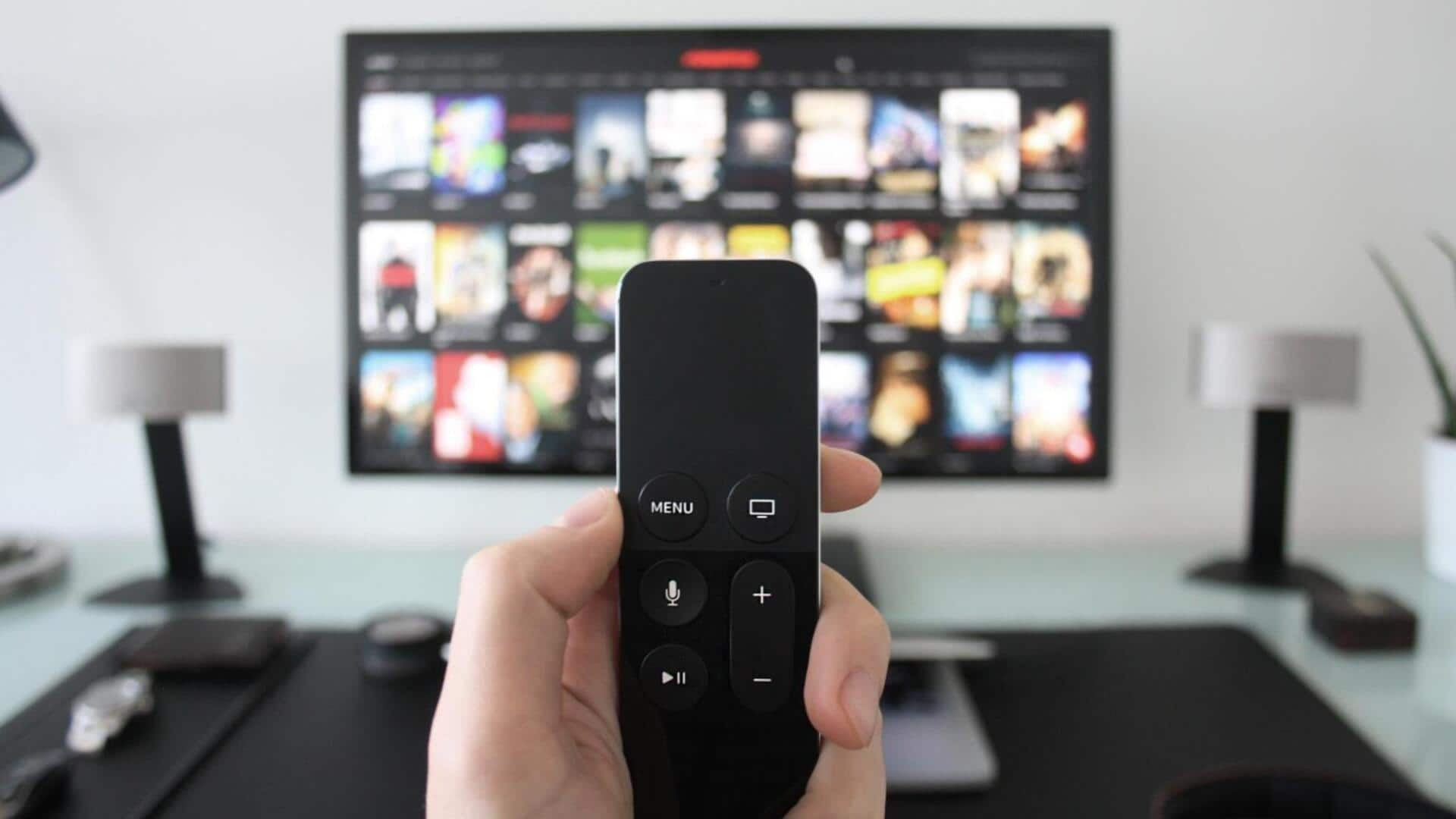
US court stops rule that would make canceling Netflix easier
What's the story
A recent ruling by a US court prevents the implementation of a rule that would have required streaming services like Netflix and Amazon Prime Video to simplify their cancellation process. The decision comes after the Federal Trade Commission (FTC) proposed a 'click to cancel' rule. The FTC wanted this rule to be implemented by July 14, as part of an effort by the Biden administration to protect consumers.
Ruling impact
Check out the court ruling
The court rejected the FTC's proposal, stating that it did not conduct a necessary economic impact analysis. This means that streaming companies are not legally bound to simplify their cancellation processes. The ruling also means there is nothing preventing these companies from making the process more complex in the future. Currently, most streaming services allow easy cancellations with just a few clicks. But without regulatory pressure, this could easily change.
User experience
'Click to cancel' rule was proposed after Amazon investigation
The potential for more complex cancellation processes has already been seen. In 2023, an investigation found that Amazon Prime Video users had to navigate through four pages, six clicks, and make 15 separate decisions just to cancel their subscriptions.The FTC has even sued Amazon over this issue, which is still pending. For many subscribers, the ability to easily cancel and resubscribe is crucial for managing monthly expenses amid rising streaming costs.
International implications
Companies often implement similar policies across markets
While the court ruling is specific to the US, global streaming companies often implement similar policies across different markets. This is done for consistency purposes. In India, consumer protection rules mandate straightforward cancellation processes. However, enforcement is inconsistent, and companies usually follow their US counterparts' lead.If Netflix or Amazon Prime Video complicate their cancellation processes in the US, Indian users could see similar changes too.